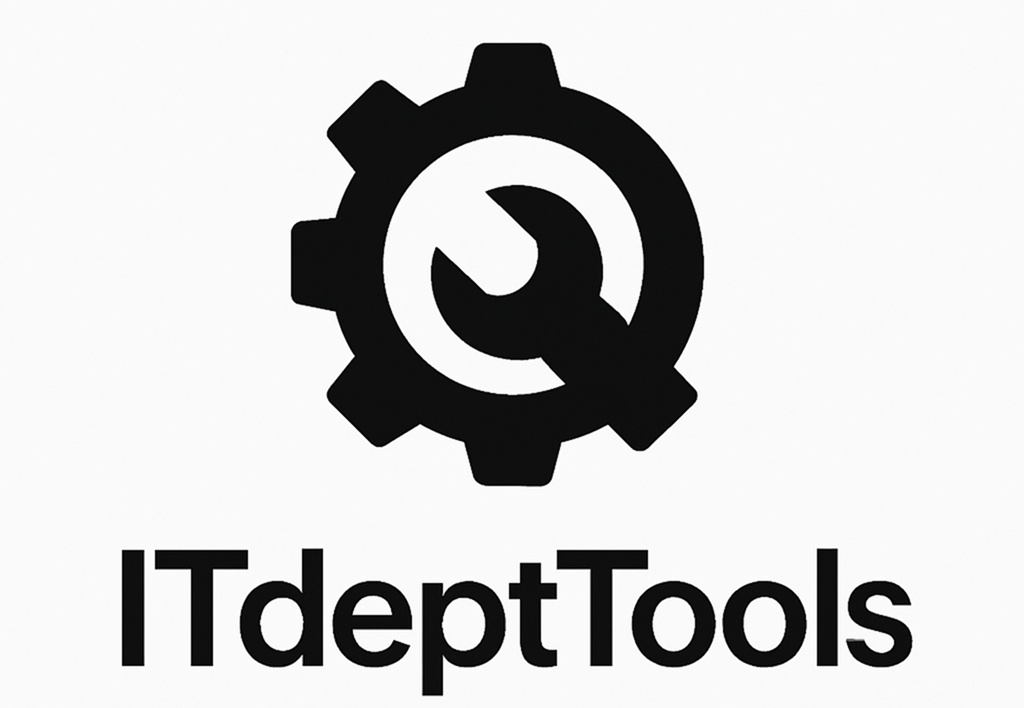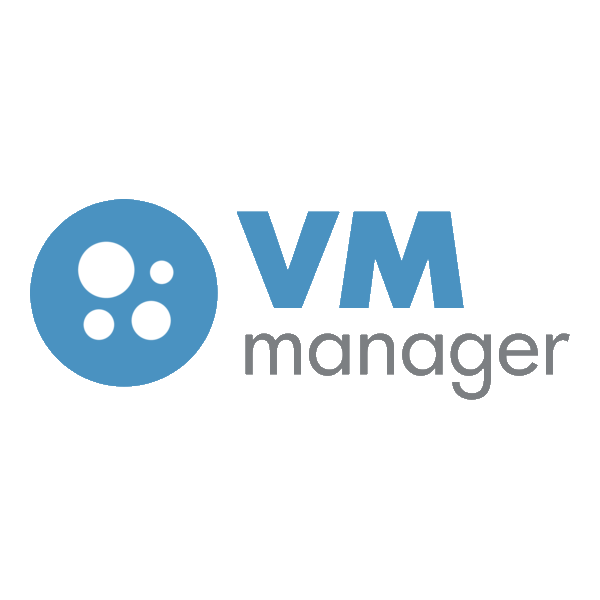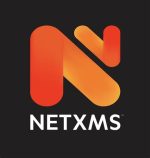VMmanager Free: Your Lightweight KVM Sidekick
Alright, let’s be honest—sometimes you don’t need a heavyweight virtualization suite just to spin up a couple of VMs. That’s where VMmanager Free comes in. It’s the bare-bones, browser-based KVM manager from ISPsystem that’ll get you up and running in minutes. No wrestling with a dozen CLI flags or hunting down dependencies; just point your browser, click a few buttons, and voilà—virtual machines.
Core Features That Matter
| Function | Why You’ll Love It |
| Web Dashboard | Jump into VM controls from any modern browser—no Windows-only consoles needed |
| VM Lifecycle Ops | Spin up, pause, clone, snapshot, or delete VMs with a couple of clicks—CLI optional |
| Template Library | Preloaded Linux/Windows templates or your own ISO uploads—deploy standardized guests in a snap |
| Storage Management | Local disks, NFS, Ceph—attach or detach disks on the fly, without shutting down those VMs |
| Network Setup | Bridges, VLANs, private networks—plus hot-plug NICs when you need that extra interface |
| Resource Monitoring | Live charts and history logs for CPU, RAM, disk, and network—see trends before they bite you |
| User & Access Controls | Create users, assign roles, and lock things down for team projects—no accidental root access for interns! |
| API & Automation | REST API hooks to script or integrate with your favorite tools—because who doesn’t like automagic? |
When You’ll Actually Want It
- You’ve got a tiny KVM cluster (2 hosts max) and zero budget for fancy licenses.
- You’d rather click a web UI than SSH into every node—browser tabs over terminals, always.
- Templates are your jam for consistency—rolling out identical VMs, no surprises.
- REST APIs are how you roll—scripts, webhooks, integrations, the whole shebang.
- Basic RBAC is enough for your small team; nobody’s going to need enterprise-grade policies.
Requirements & Nitty-Gritty
| What You Need | The Lowdown |
| Host OS | Any KVM-capable Linux: CentOS, Debian, Ubuntu—you pick. |
| Web Server | Apache or Nginx + PHP 7.4+ (don’t forget the PHP extensions). |
| Database | MySQL/MariaDB 5.7+ or PostgreSQL 10+—your existing DB will work. |
| Browser | Chrome, Firefox, Edge—basically anything HTML5-capable. |
| Storage Options | Local drives, NFS shares, Ceph clusters—mix and match. |
| Networking | Bridged mode with optional VLAN tagging—flexible enough for most setups. |
| License | Free for up to 2 hosts; upgrade if you need more or extra bells and whistles. |
| Privileges | Root or sudo on each host to install and manage KVM/QEMU. |
Quick-Start Guide
- Prep Your Host
- Spin up a Linux server, install KVM/QEMU, and make sure you’ve got SSH/Sudo access.
- Toss in Apache/Nginx, PHP, and MariaDB/Postgres.
- Grab & Run the Installer
- Download the free installer script from ISPsystem.
- Execute: bash installer.sh –free — and follow the prompts.
- Finish Setup in Your Browser
- Navigate to http://<server_ip>:1500.
- Fill in database details, craft your admin user, agree to the license.
- Add Your Hosts & Fire Up VMs
- In Hosts → Add Host, punch in SSH creds for each KVM node.
- Hit Templates, pick an image or upload an ISO, and deploy away!
- Keep an Eye on Things
- Head to Dashboard → Performance for real-time stats.
- Under Users → Groups, spin up extra accounts with tailored permissions.
The Good, The Bad, and The… Well, It’s Free
Where It Rocks
- Zero cost for up to two hosts—perfect for labs or lean startups.
- Browser-based UI means zero client installs—just share a URL.
- Rapid, template-driven VM provisioning—standardization for the win.
- REST API for your scripts and integrations—automate everything.
Where It Trips Up
- Two-host limit—sorry, bigger shops, time to pay up.
- No built-in HA or clustering beyond simple pools.
- Backup scheduling? You’ll need another tool for that.
- Deep-dive analytics and alerting? Bring in third-party monitoring.
Final Thoughts
If you’re after a no-fuss, web-based KVM manager that gets out of your way, VMmanager Free is your go-to. It’s not trying to be everything—it’s just trying to do the basics extraordinarily well. And hey, when you outgrow it, the path to a paid upgrade is already built in.







